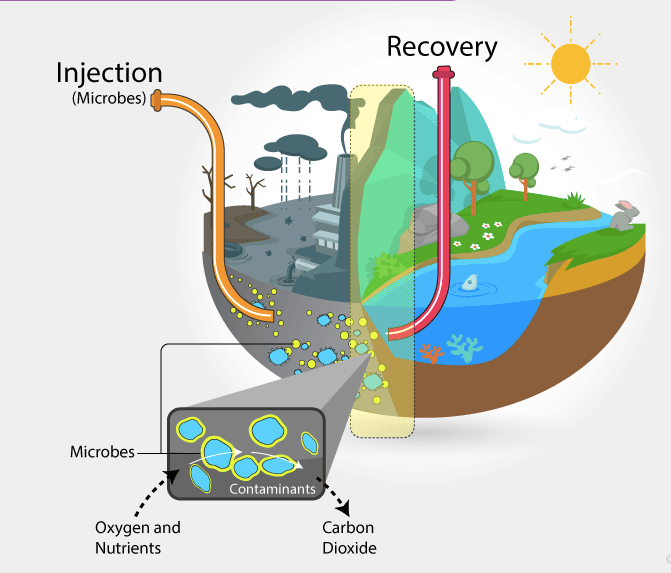
Our planet is facing environmental challenges like never before, with pollution and contamination threatening ecosystems and the health of all living beings. In this battle against environmental degradation, bioremediation emerges as a powerful ally.
Bioremediation is a sustainable and environmentally friendly technique that uses living organisms, particularly bacteria, to clean up polluted environments. This blog explores what bioremediation is, its importance, its impact on wildlife and the environment, and why bacterial culture stands out as the safest, most viable & environment friendly method for bioremediation.
What Is Bioremediation?
Bioremediation is a natural process that uses living organisms, often bacteria, to break down and remove contaminants from the environment. These contaminants can include toxic chemicals, heavy metals, oil spills, and even radioactive substances. Microorganisms, such as bacteria and fungi, play a crucial role in this process by utilizing the pollutants as a source of energy or nutrients, converting them into less harmful substances, or immobilizing them, rendering them less dangerous.
Importance of Bioremediation
- Sustainable Solution: Unlike traditional methods like incineration or chemical treatment, bioremediation is a more sustainable approach. It does not produce harmful byproducts and often requires fewer resources, making it an eco-friendly choice.
- Cost-Effective: Bioremediation is often more cost-effective than other remediation methods, as it utilizes natural processes and doesn’t involve the transportation and disposal of contaminated materials.
- Minimized Disruption: Bioremediation minimizes disruption to the environment. It can be applied in situ, reducing the need to excavate and relocate contaminated materials.
- Promotes Soil Health: Bioremediation methods like phytoremediation (using plants to remove contaminants) can improve soil quality and fertility, making it a win-win for both the environment and agriculture.
Impact on Wildlife and the Environment
Bioremediation has a significant positive impact on wildlife and the environment:
- Reduced Toxicity: By eliminating or reducing the presence of harmful pollutants, bioremediation helps protect wildlife from exposure to toxic substances, preventing bioaccumulation and biomagnification in food chains.
- Preservation of Biodiversity: Bioremediation helps in preserving natural habitats and ecosystems, maintaining biodiversity by ensuring that contaminated areas can recover and support a variety of life forms.
- Non-Invasive: Bioremediation methods are often non-invasive, as they do not require extensive construction or land disturbance, which can harm local flora and fauna.
Why Bacterial Culture Is the Safest, Most Viable method
Bacterial culture has several advantages in the context of bioremediation:
- Specificity: Bacterial cultures can be selected for their ability to degrade specific pollutants. This specificity ensures that the remediation process targets the contaminant effectively.
- Controlled Environment: In a laboratory setting, bacterial cultures can be closely monitored and optimized to perform efficiently. This level of control enhances the reliability of the bioremediation process.
- Minimal Risk: Bacterial culture bioremediation poses minimal risk to the environment and human health. The carefully selected bacterial strains only target the contaminants, leaving other elements in the ecosystem untouched.
- Rapid Response: Bacterial culture bioremediation can be rapidly deployed in emergency situations, such as oil spills, providing a swift and effective response to environmental disasters.
In a world grappling with environmental challenges, bioremediation offers a beacon of hope. Its sustainable, cost-effective, and environmentally friendly nature, combined with its positive impact on wildlife and ecosystems, makes it a powerful tool in the fight against pollution. Among the various methods of bioremediation, bacterial culture stands out as the safest and most viable choice.
By harnessing the power of these microscopic allies, we can work towards a cleaner, healthier, and more sustainable planet for future generations.
Get in touch with us at info@purewaterent.net, to know more about how bioremediation can be carried out by our bacteria cultures, and also about our superior offerings in this space!

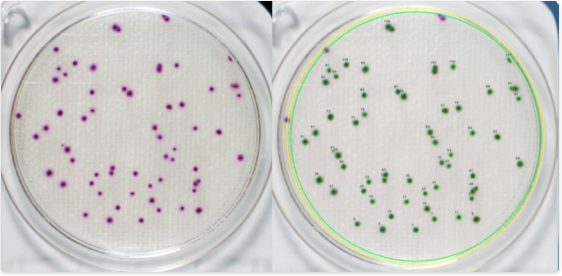
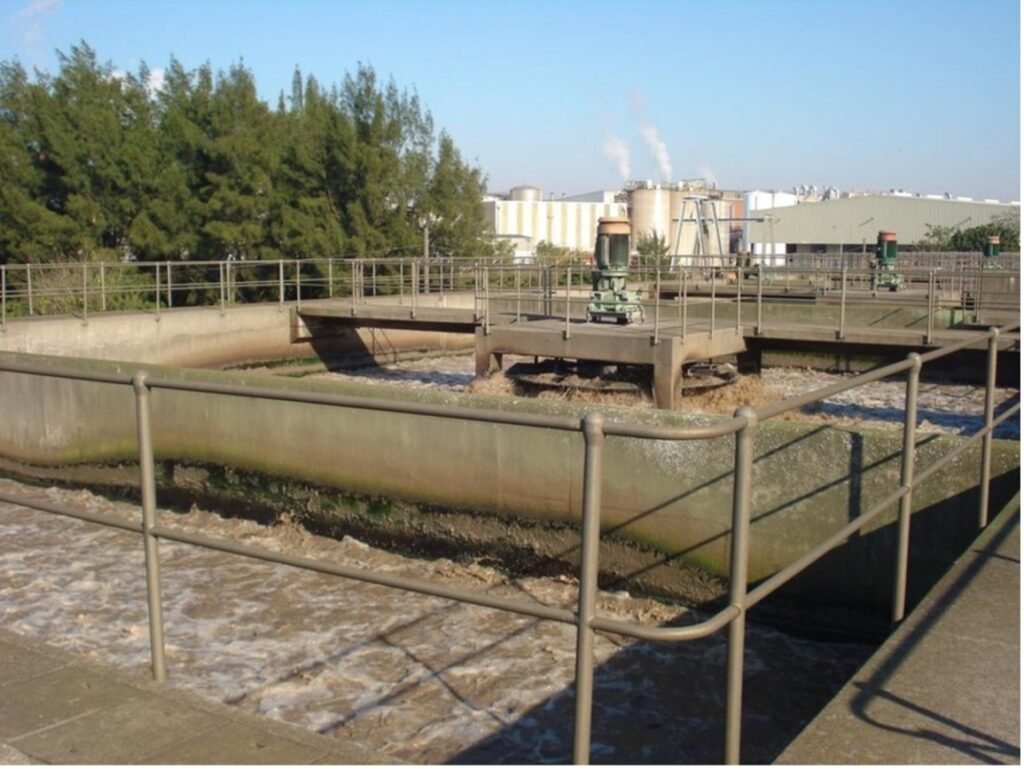
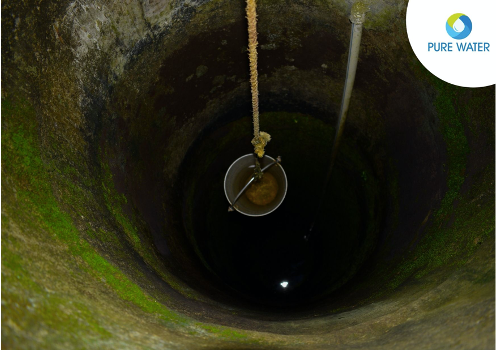
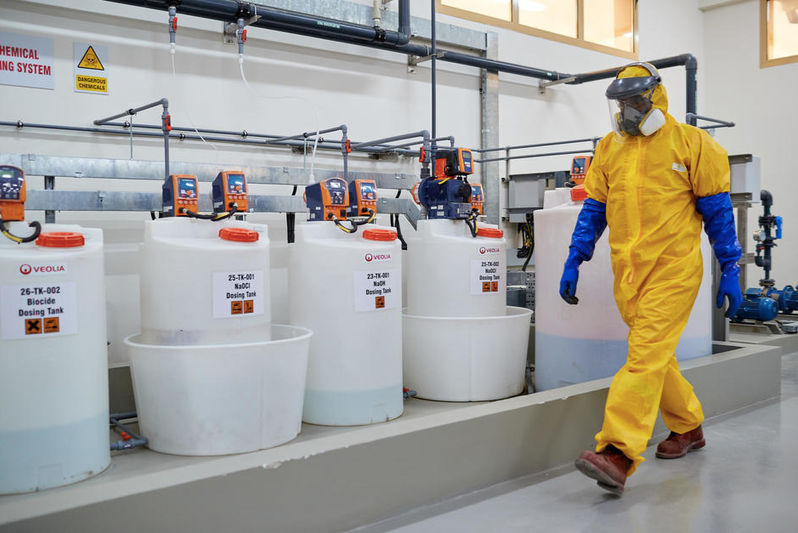
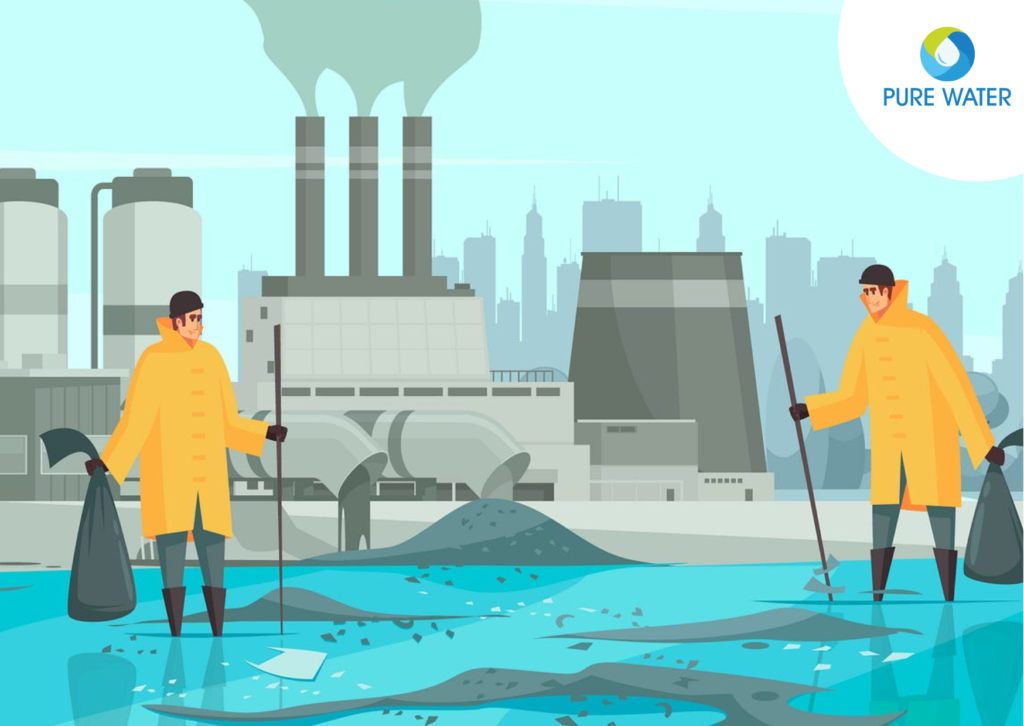
About The Author: Pure Water
More posts by Pure Water